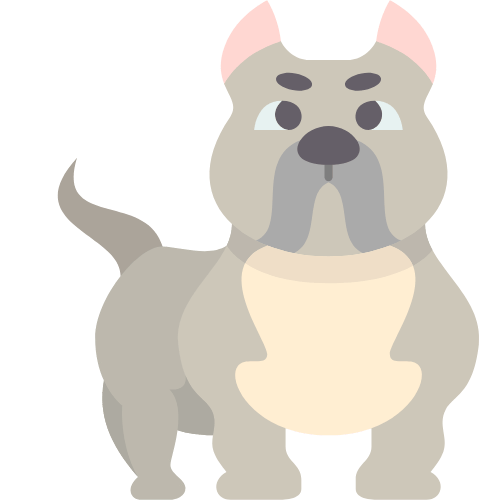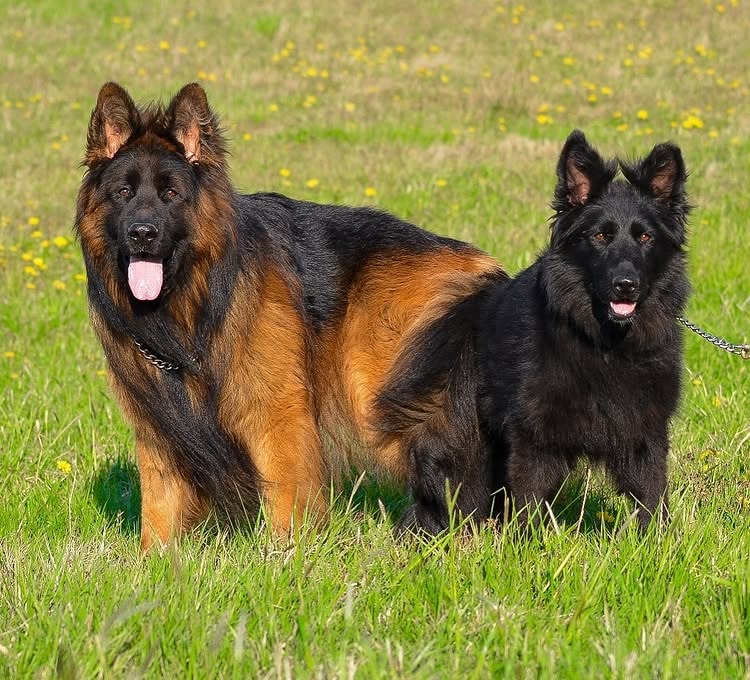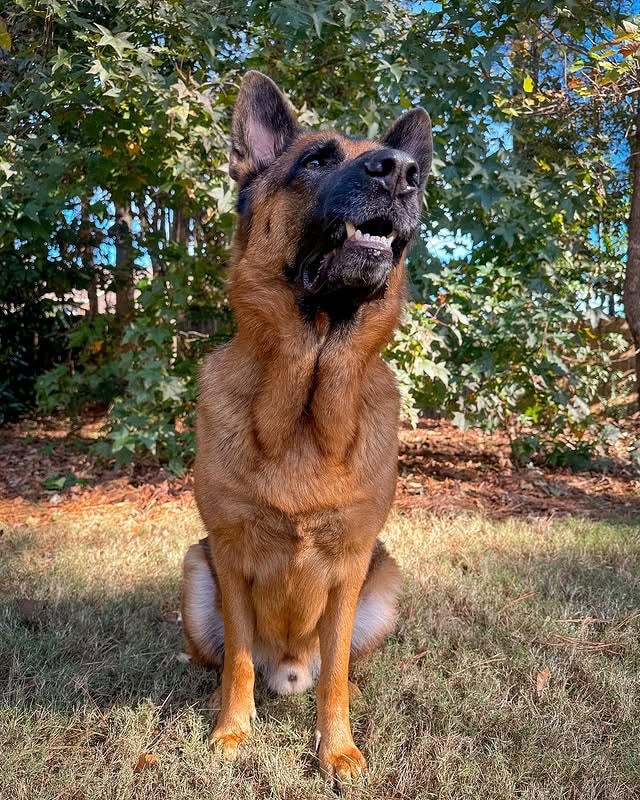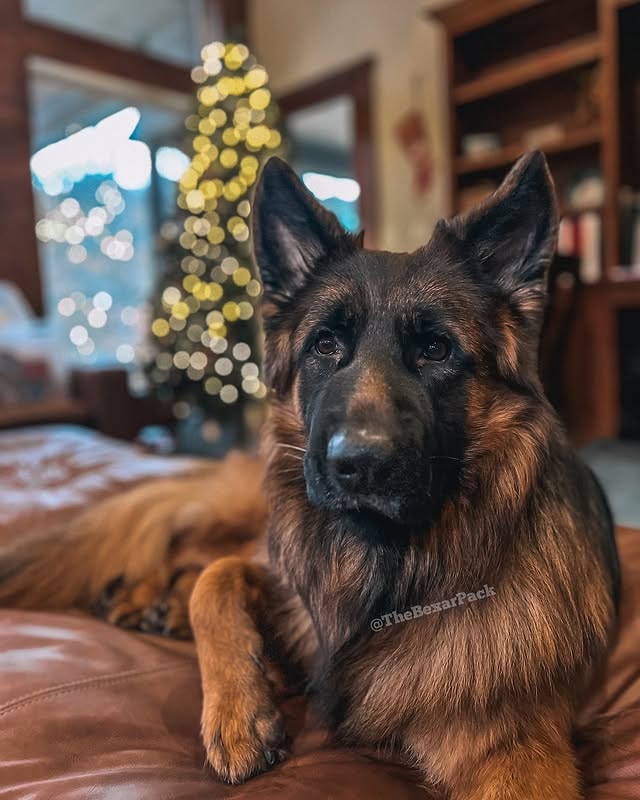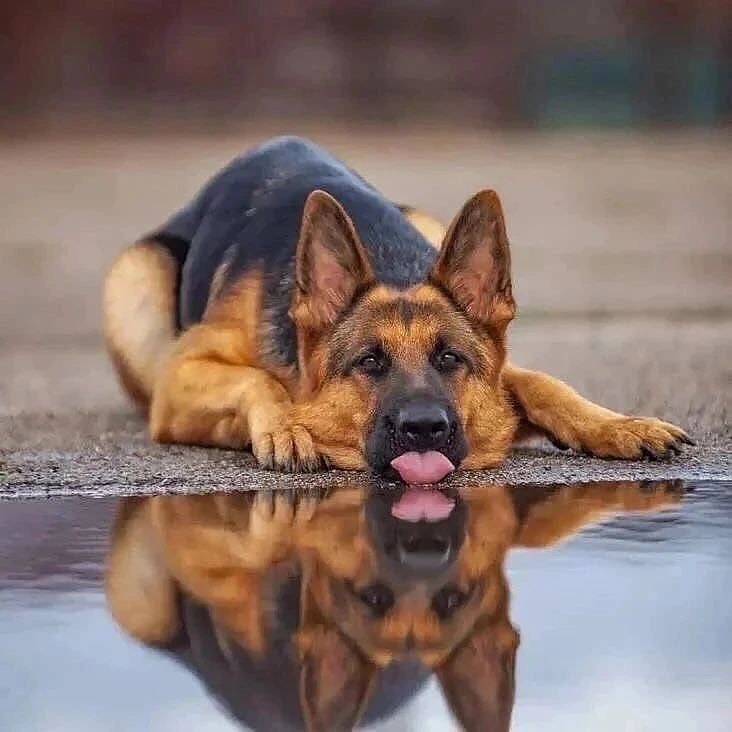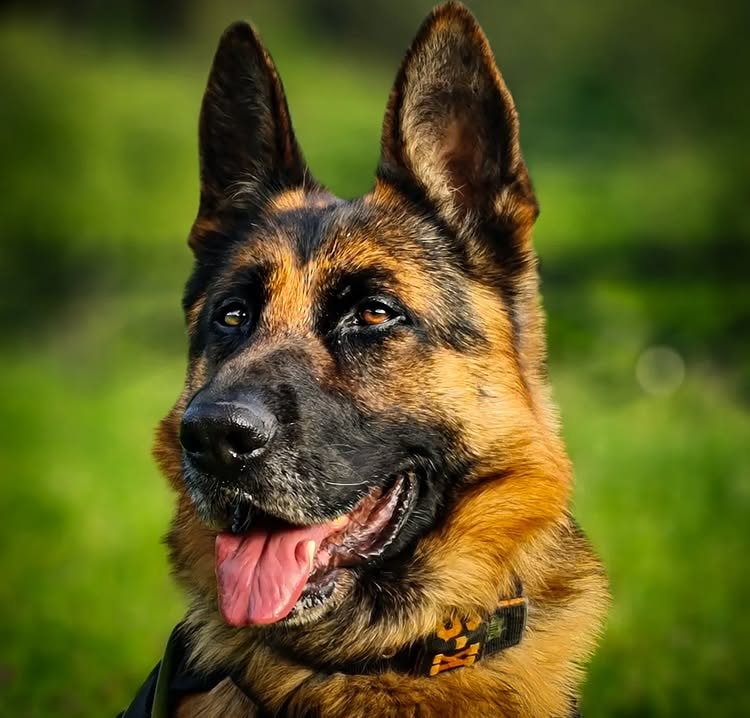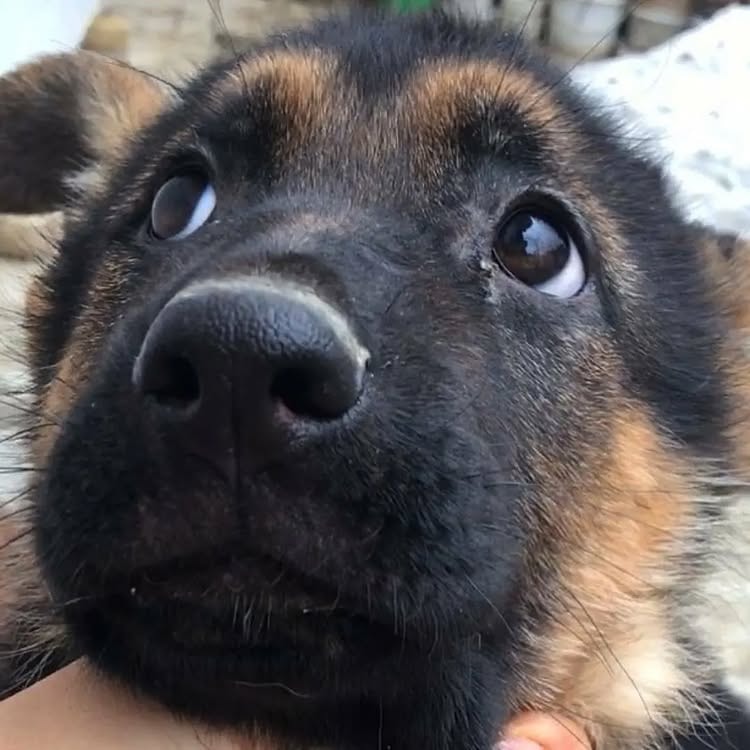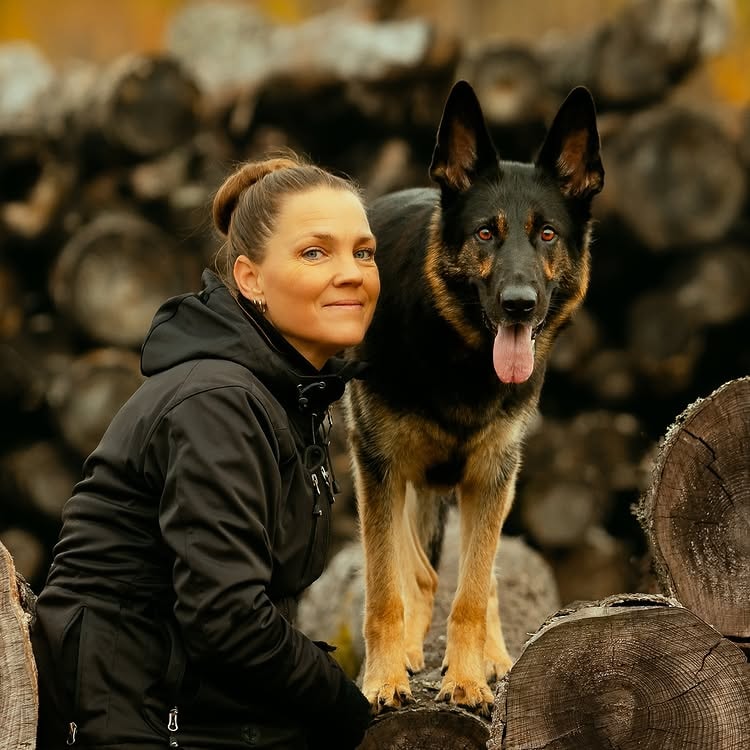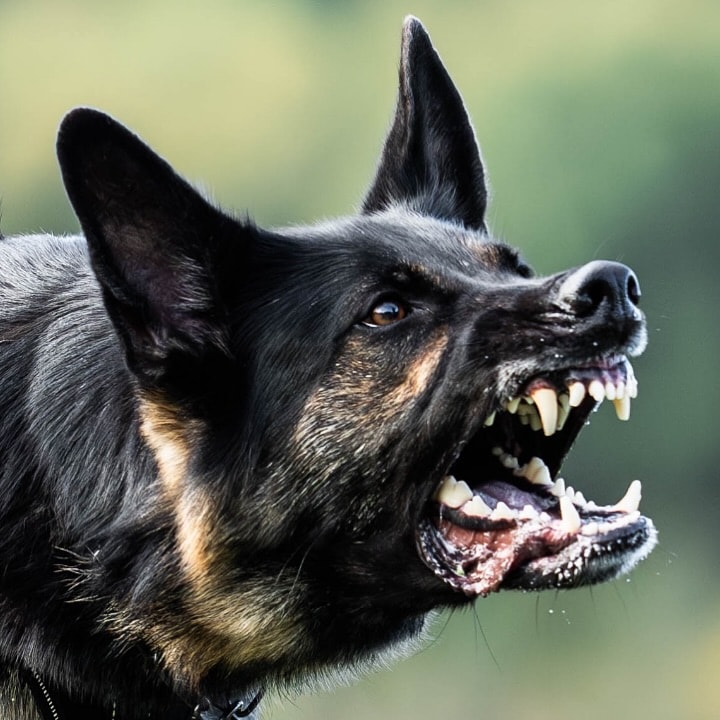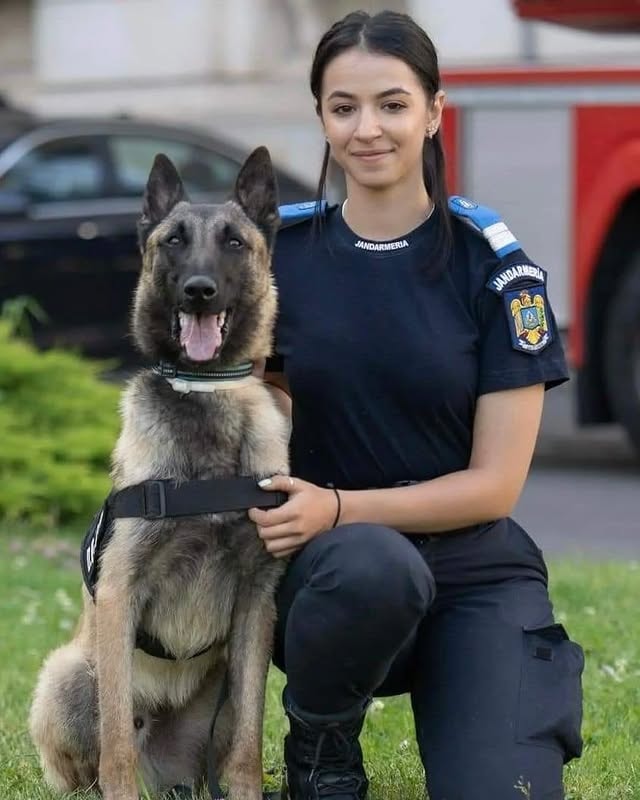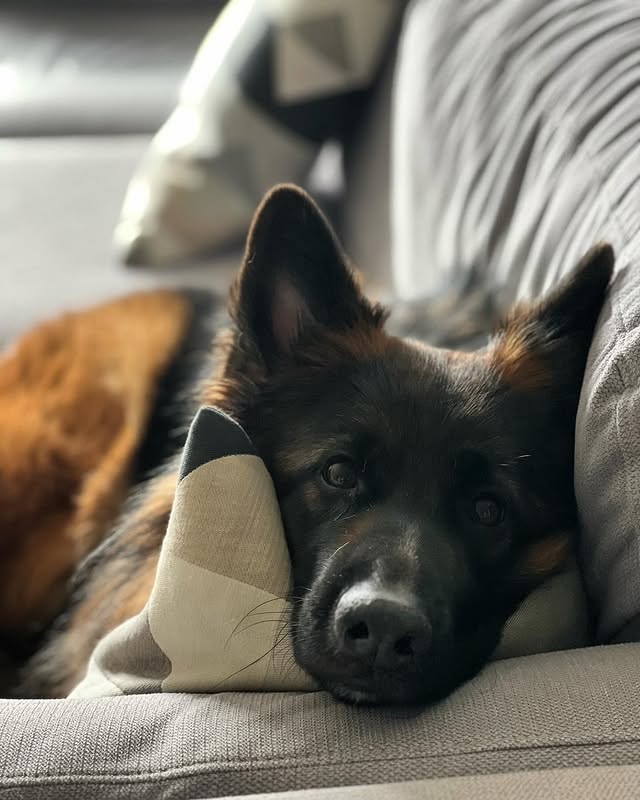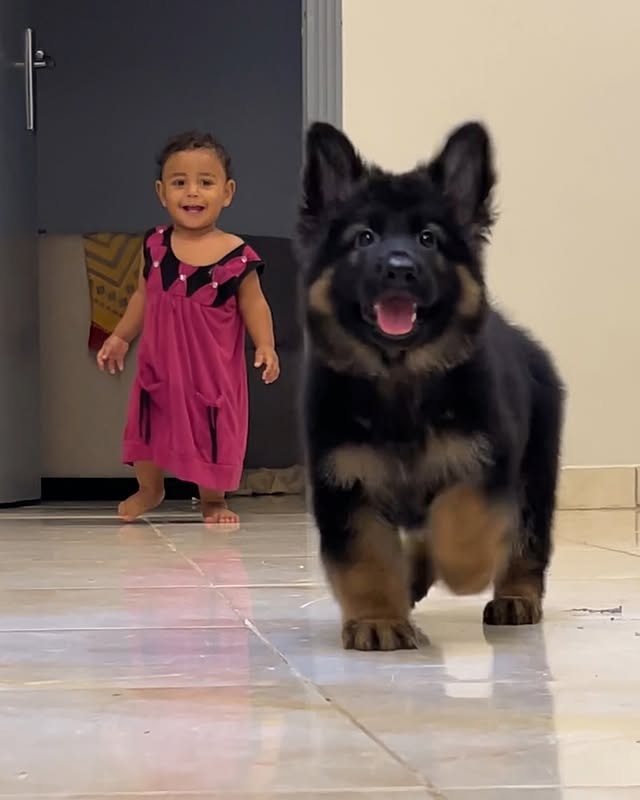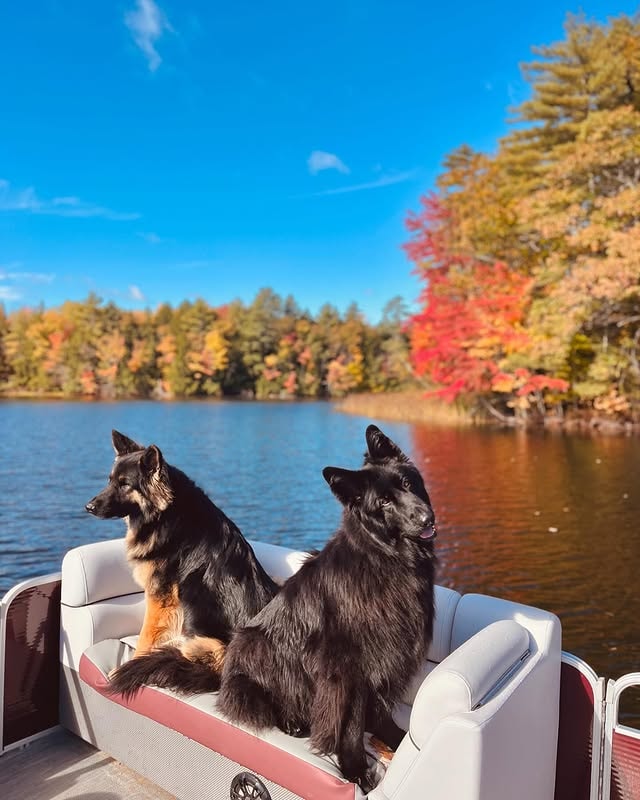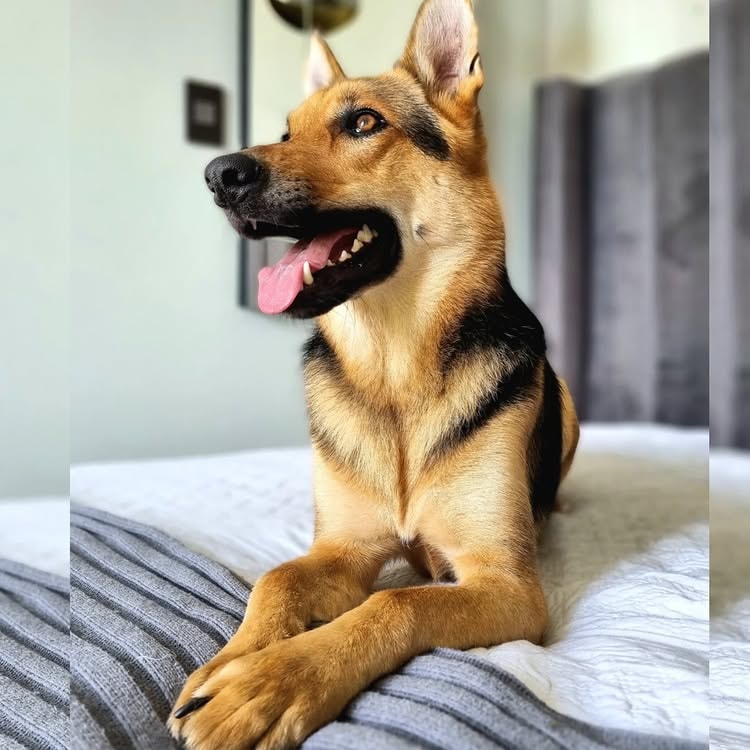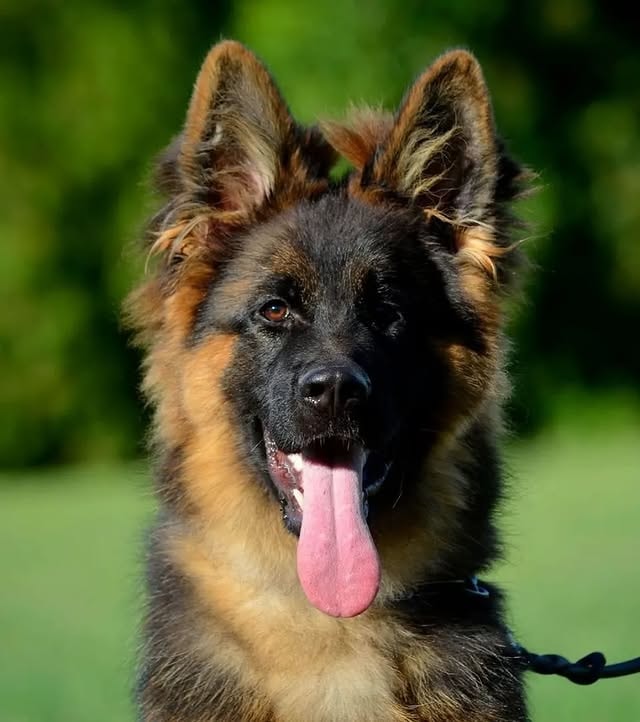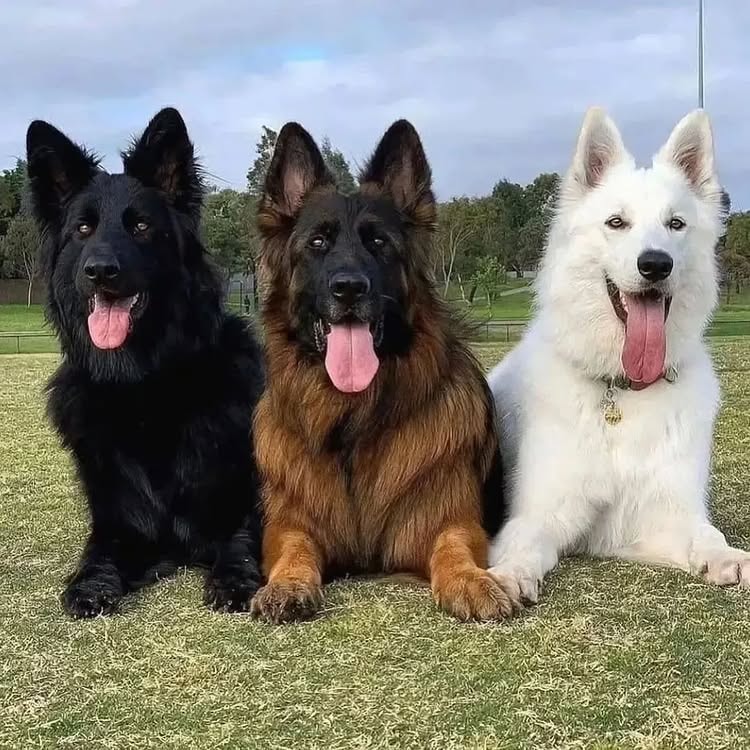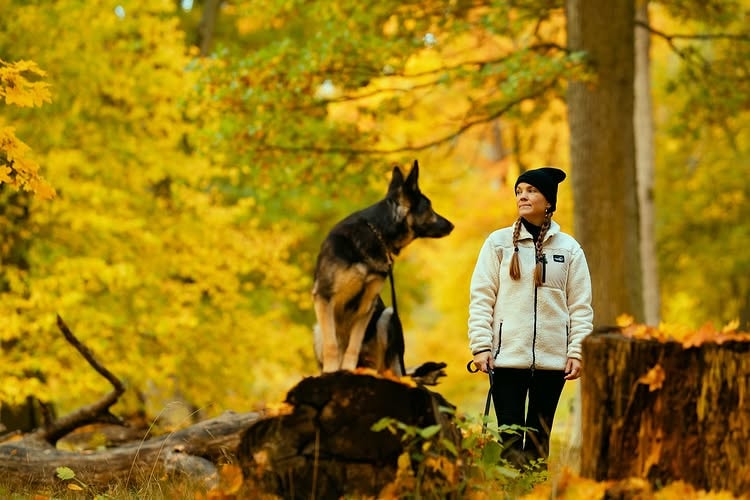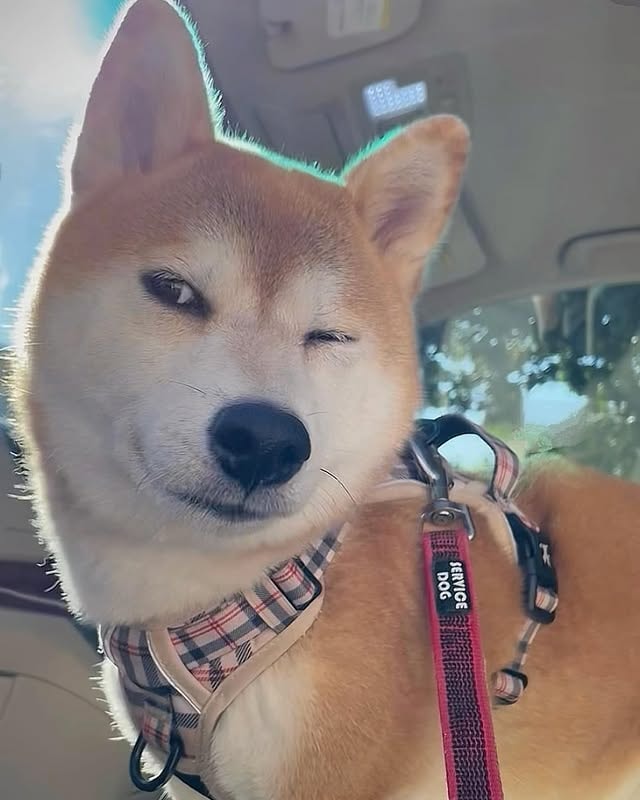
Shiba inu is widely celebrated for its spirited personality, compact size, and foxlike features. This dog comes from Japan and has earned a reputation as one of the most popular breeds among those who appreciate a loyal yet independent companion. In fact, many dog breeds have unique traits, but the shiba inu stands out as a highly intelligent breed that can adapt to different living environments when given the right guidance.
Shiba inus trace their lineage to ancient times, making them a truly ancient breed. They belong to a family of native Japanese breeds historically valued for their agility and strong hunting instinct. The word “shiba inu translates” to something akin to “brushwood dog” in English, which some interpret to reference the terrain where these japanese dogs were often found. Yet, the shiba inu is much more than a traditional hunting companion. Today, shiba inus are cherished as great pets that combine the role of a watchful guardian with that of an affectionate family member.
Whether you are intrigued by shiba inu puppies or considering adopting an adult shiba inu dog, there are many reasons why this dog could become your number one companion dog. From their keen sense of awareness to their classic curly tail, these dogs have traits that are both fascinating and endearing. Throughout this guide, you will learn about shiba inu lifespan, shiba inu personality, and the fundamental care requirements that will help you raise a healthy, well-balanced shiba inu. Understanding how shiba inus behave, train, and integrate into your household will prepare you for a rewarding journey with this energetic, small to medium breed.
In the following sections, we will discuss why the shiba inu is considered part of unique dog breeds, examine the characteristics that define shiba inu dogs, and look into how their background as japanese dog hunters has shaped their temperament. We will explore important topics like obedience training, crate training, and positive reinforcement techniques so you can build a strong bond with your shiba inu . Whether you live in the city or enjoy more open spaces, this guide will show you how to adapt your lifestyle to meet the needs of this active dog.
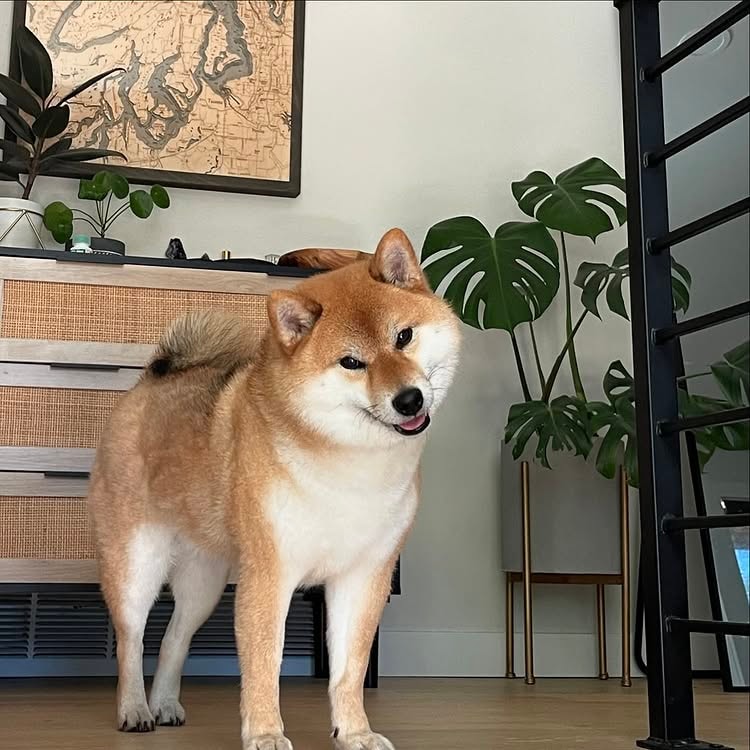
Shiba Inu Puppies – Their Breed Group and Shiba Inu Temperament
Shiba inu puppies belong to a dog breed often categorized in the “Non-Sporting Group” by various kennel club organizations worldwide. However, in their homeland, these japanese dogs have been recognized as some of the most iconic native hunters. Unlike many dog breeds known primarily for tasks like herding or retrieving, the shiba inu dog stands out for its quick reflexes, vigilance, and independent spirit.
Common Characteristics of the Shiba Inu Dog (Shiba Inu Temperament Insights)
Shiba inus are famously known for their combination of confidence and loyalty. While not all dogs are as reserved and cautious around strangers, the shiba inu can be somewhat aloof with new people. Yet, with consistent socialization and mental stimulation, these dogs become affectionate and playful with their families.
A shiba inu dog often displays a dignified air and a strong-willed nature. This can sometimes translate into stubbornness, especially if training methods lack structure. Because of their bold temperaments, these japanese shiba can develop undesirable behaviors like excessive barking or resource guarding if they are not guided through obedience training early on.
Despite their independence, shiba inus form strong bonds with those who respect their space. The same breed also tends to be quite curious, investigating their surroundings with a keen eye. This blend of pride and curiosity makes them an intriguing dog to live with—always keeping shiba owners on their toes.
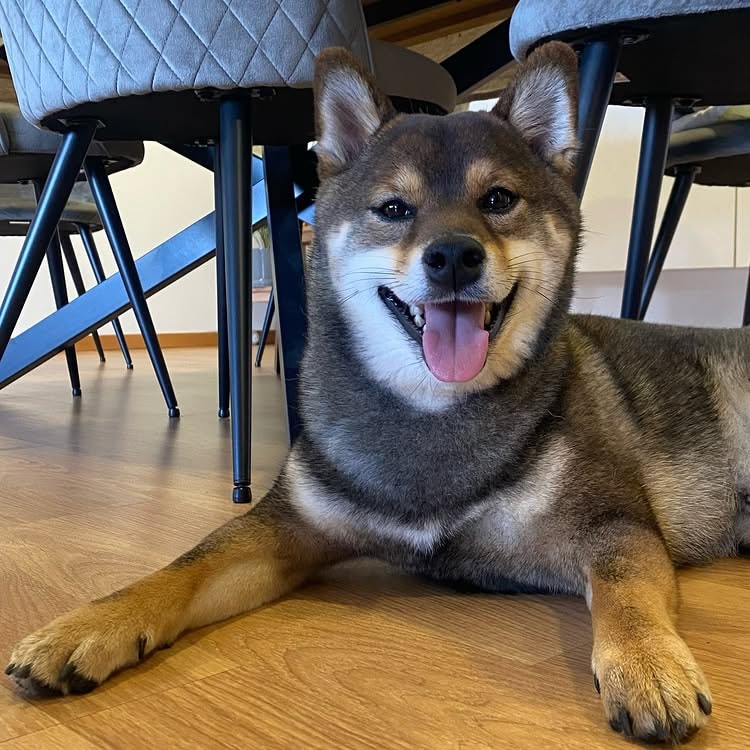
Average Height of Shiba Inu Dogs
When discussing the average height of shiba inus, it’s useful to note they are considered a small to medium breed. According to the american kennel club, a typical adult shiba stands around 13.5 to 16.5 inches at the shoulder. While female shiba inus often fall on the lower end of this range, male shiba inus tend to be slightly taller. Even though they are not large by any means, their sturdy build and well-developed muscles reflect their background as hunting dogs that were bred to hunt wild boar and navigate mountainous terrain.
Weight
A shiba inu’s weight generally falls between 15 and 25 pounds, depending on factors like gender, diet, and activity level. Maintaining a healthy weight is crucial for ensuring that shiba inus remain agile and free from health issues like joint stress. Because most dogs need balanced nutrition, it’s important to monitor the dog’s diet and provide daily exercise. Remember that these japanese dogs can become overweight if overfed and under-exercised. Striking the balance between nutrition and activity is key to their well-being.
Average Life Expectancy of a Shiba Inu
The average shiba inu lifespan is about 12 to 15 years, which is relatively long compared to larger dog breeds. Proper healthcare, regular grooming, and mental stimulation all play a role in helping shiba inus reach their golden years without major health complications. One key aspect of their longevity is that they’re often considered a very clean breed with minimal odor, which can make it easier for owners to spot potential health issues sooner rather than later.
History of the Breed – The Shiba Inu Breed Info
The shiba inu is among the oldest japanese dog types still in existence. This origin alone makes it a popular breed worldwide. Though it may not be as large or as famous as some other dog breeds, the shiba inu holds significant historical value as one of Japan’s native hunters. Known to roam rugged terrains, these japanese shiba inu dogs were originally bred for flushing small game in mountainous regions. Over time, the breed’s adaptability led to broader uses, including serving as family protectors and loyal companions.
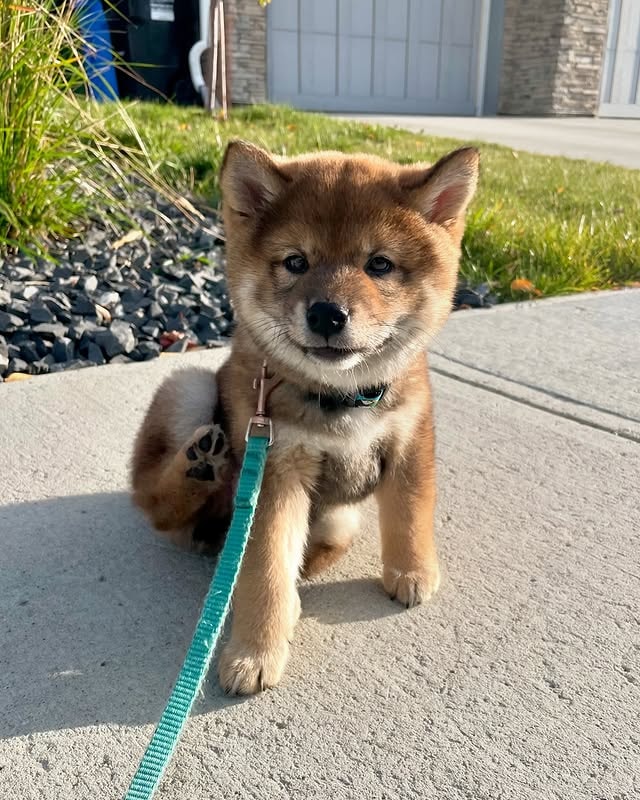
Shiba Inu – Development Through the Ages
The development of shiba inus is a story of resilience. They were once at risk of dwindling numbers, especially during World War II, when food shortages and disease took a toll on many dog breeds. Dedicated breeders worked hard to preserve the japanese shiba by carefully selecting strong, healthy individuals for mating. Over several generations, this focus on health and genetic stability has shaped the modern shiba inu we know today.
During their recovery period, the first shiba inu to gain broader recognition helped spotlight the breed’s remarkable traits. Their agility, robust health, and confident demeanor caught the attention of enthusiasts within Japan, which led to further efforts to standardize and protect them. As global interest grew, kennel club organizations worldwide began recognizing shiba inus in their registries, helping to promote the breed beyond its homeland.
Shiba Inu in Modern Roles
Today, shiba inu dogs fulfill multiple roles that highlight their versatility. While they retain their strong hunting instinct, many are prized family members and urban companions. Thanks to their adaptable yet somewhat independent personality, these japanese dogs can fit into various environments, including apartment living, as long as they receive enough physical and mental engagement.
Some shiba inus also participate in dog sports like agility competitions, proving that they are more than just a pretty face. Their combination of speed, quick thinking, and willingness to solve problems makes them stand out among many dog breeds. Though not all dogs excel in these events, a well-trained and socialized shiba inu often shows remarkable prowess. Moreover, their distinctive appearance and charismatic nature have made them internet favorites, elevating their status as a popular breed worldwide.
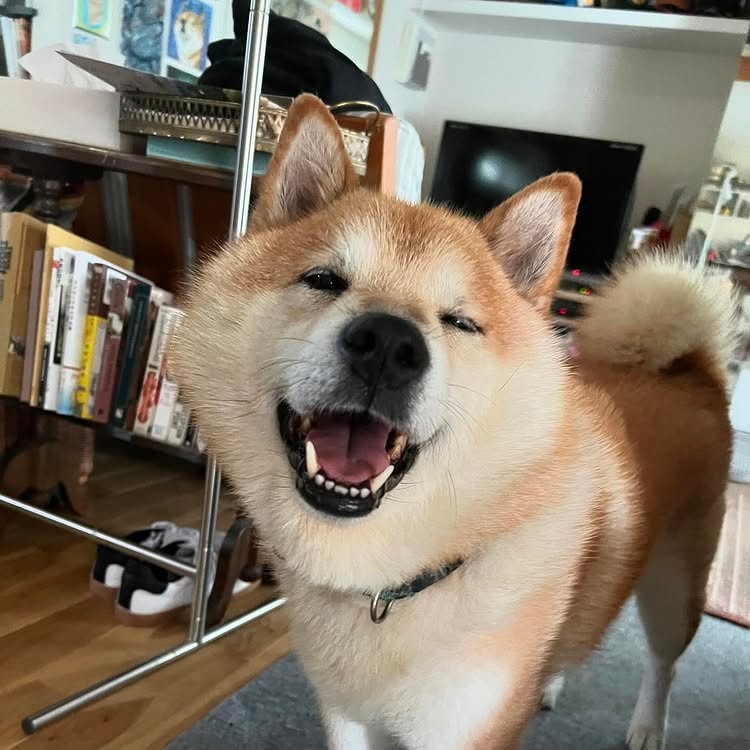
Shiba Inu Traits and Characteristics for Shiba Inu Puppies
Shiba inu puppies exhibit many of the same attributes that adult shiba inus are known for: independence, curiosity, and a certain level of stubbornness. At the same time, these japanese shiba inu pups can be quite affectionate and playful with people they trust. Understanding these traits early on can guide you in providing the right environment, training tips, and care strategies to help your puppy thrive.
Shiba Inus’ Behavior with Family
Shiba inus’ behavior with family tends to be loyal and watchful. These dogs form a strong connection with those who consistently offer attention and positive reinforcement techniques. Many owners describe their shiba inus as loving companions who enjoy both quiet cuddles and bursts of play. While they can be cautious around strangers, once trust is established, they show deep affection and will often follow their favorite family members around the home.
Despite their somewhat independent streak, shiba inus do best when they feel included in daily family life. Since they are a japanese dog with a history of hunting in harsh terrains, they appreciate structure and reliability in their routines. Sudden changes might make them uneasy, so it’s best to maintain a stable schedule for feeding, play, and relaxation.
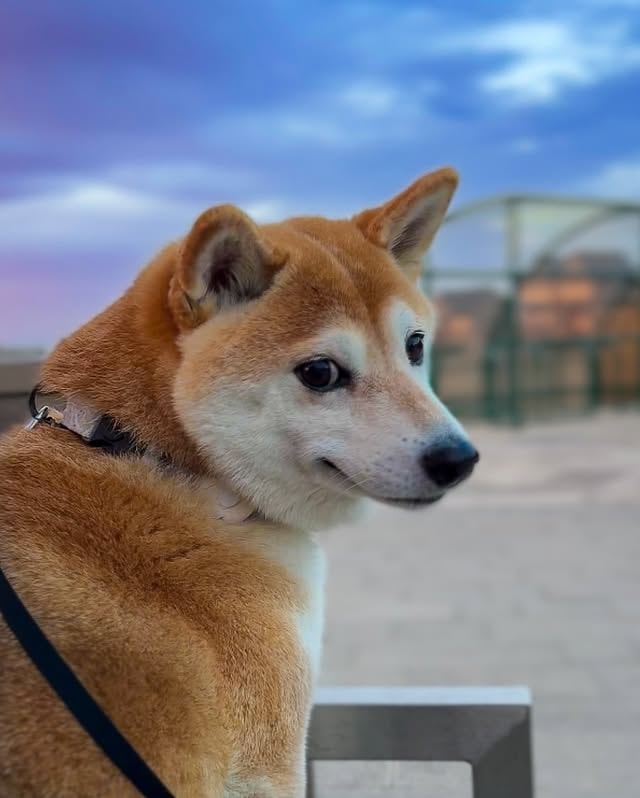
Shiba Inus’ Behavior with Children
When it comes to children, shiba inu dogs can be patient if they are properly socialized from a young age. However, like many dog breeds, supervision is recommended, especially with very young children who might not understand boundaries. Teaching kids respectful ways to interact with shiba inus helps ensure that both the child and the dog have a positive experience.
It’s important to note that these dogs may not tolerate overly rough handling. Shiba inus have a proud demeanor and can become anxious dog if they feel cornered or pestered. Setting clear ground rules for children—such as no pulling ears or tail—will go a long way in building a safe and nurturing relationship.
Shiba Inu’s Behavior with Other Dogs
A shiba inu’s behavior with other dogs can vary based on socialization, training, and individual temperament. While some shiba inus get along well with other dogs, others may display territorial instincts, especially around their food or favorite toys. Early exposure to a variety of canines during puppyhood usually leads to more amicable interactions later in life.
Because the japanese shiba inu is often quite confident, it might try to establish dominance in multi-dog households. With proper socialization and clear leadership from the owner, a shiba inu dog can learn to coexist peacefully with other pets. Remember, not every shiba will be thrilled about sharing its space, but consistent guidance helps minimize conflicts.
Adaptability – Living Environments for Your Shiba Inu
The shiba inu (is relatively adaptable, although it thrives in an environment that provides enough physical activity and mental challenges. While high energy breeds often require a big yard, a shiba inu can do well in an apartment, provided it receives frequent walks and interaction. This dog does appreciate having room to roam, but it values close family contact over sheer space.
Keep in mind that shiba inus can be escape artists if they spot something interesting outside. A secure fence is crucial if you have a yard. Also, these dogs may not be the best choice for a household that expects a constantly cuddly pup. Their independence is part of their charm, and allowing them personal space can help avoid undesirable behaviors (already used once, so do not repeat exact phrase).
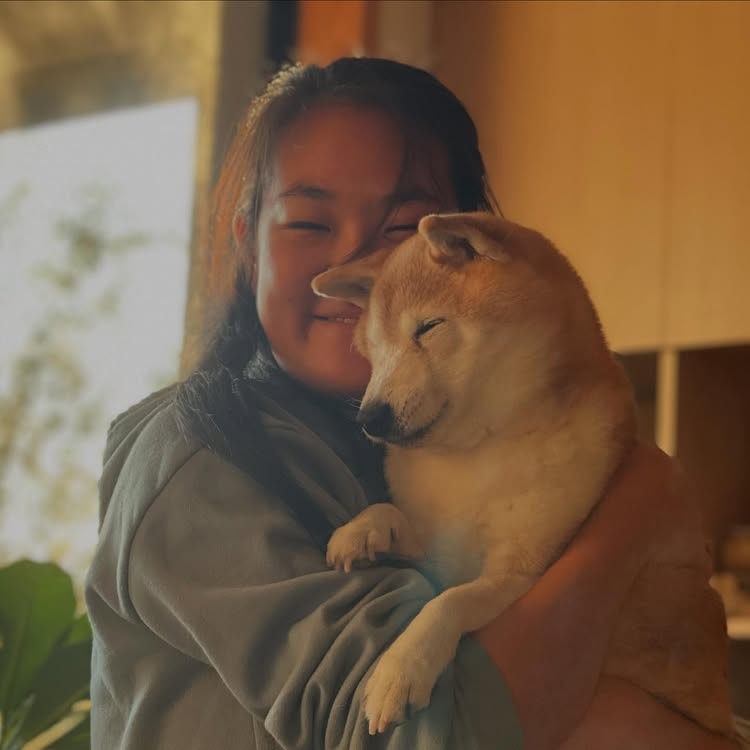
Vocalizations and Expressions (The “Shiba Scream”)
One of the most recognized traits is the “shiba scream”, a high-pitched vocalization that can occur when shiba inus (are extremely excited, scared, or displeased. While some owners might be taken aback the first time they hear it, this vocal dog is simply expressing itself in a way unique to the japanese shiba.
Additionally, these dogs communicate through various grunts, yips, and huffs that can signify happiness or annoyance. Being attuned to their vocal and body language will help you understand when your shiba is content versus when it feels stressed or threatened.
Trainability: A Shiba Inu’s Aptitude for Learning
Shiba inus are often described as intelligent dogs with a willful streak. This combination can make them both rewarding and challenging to train. While they learn commands quickly, they might opt to ignore them if they see no real benefit. This is why training dogs of this dog breed requires patience, consistency, and plenty of motivation.
Using positive reinforcement techniques, such as treats and praise, tends to yield the best results. Harsh methods can lead to a breakdown in trust. Because shiba inus love mental challenges, puzzle toys and interactive games can keep them engaged. Including short, frequent sessions of training can help maintain their focus and reduce the likelihood of them “tuning out.”
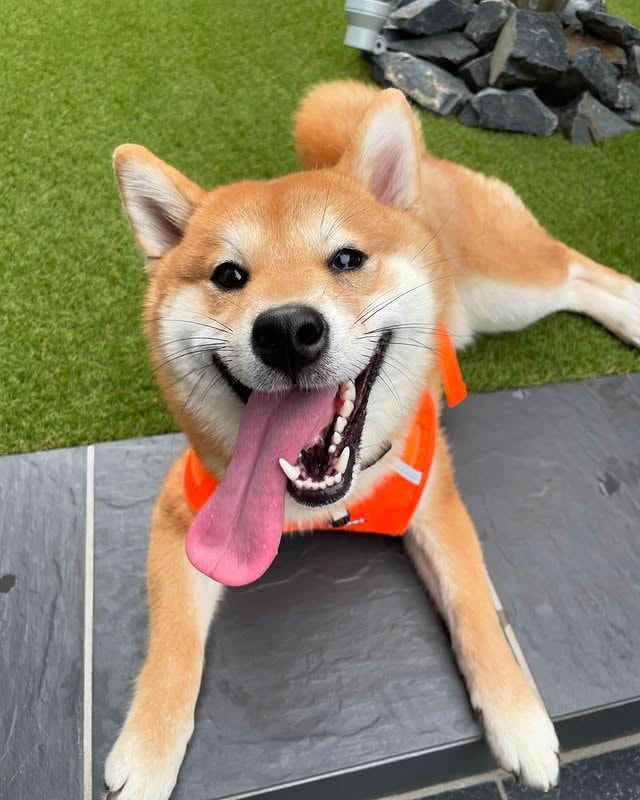
Crate training can also be beneficial. It gives shiba inus a secure spot to relax and aids in housebreaking. For advanced obedience or dog sports, consider consulting a professional who is familiar with japanese shiba inu temperament. With the right approach, these dogs can shine in agility courses or rally events, demonstrating their physical abilities and sharp wits.
Shiba Inu Appearance – A Glimpse into This Popular Dog Breed
Among the many dog breeds that capture attention with unique looks and traits, the shiba stands out for its compact physique, alert expression, and curled tail. This dog has a proud posture, a foxy face, and triangular ears that give it a keen, watchful appearance. The shiba’s proportionate build and sturdy frame hint at its origins as an agile hunter adept at navigating challenging terrain.
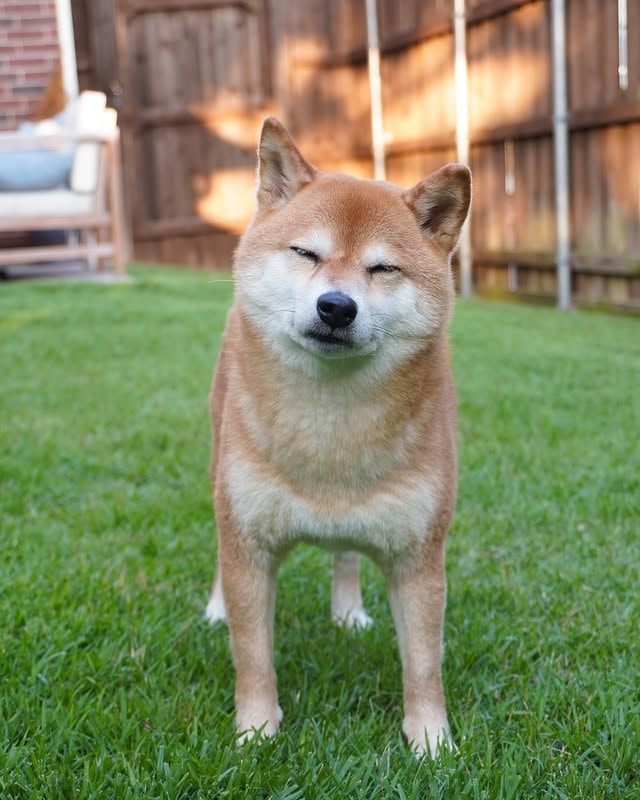
As a dog breed recognized by various kennel club organizations, the shiba inu dog is admired for its poised demeanor and balanced body. Observers frequently notice its refined facial structure and upright ears, which project vigilance. Though these dogs are relatively small, they carry themselves with a confident aura, reflecting both independence and readiness to engage with their surroundings.
General Appearance of a Shiba Inu Dog
A hallmark of the shiba is its moderate build and harmonious proportions. One notable feature is the double coat: the outer hair is straight and somewhat firm, while a soft undercoat provides insulation. This thick coat assists the dog in adapting to various climates, showcasing the breed’s versatility. Coloration often includes red, black and tan, or sesame, each with lighter areas on the chest and belly. Overall, the shiba’s neat, well-groomed look complements its spirited personality.
Color Shades of Shiba Inus
When it comes to color, shiba inus typically appear in red, black and tan, or sesame patterns. Some individuals may show cream markings around the face, chest, and limbs. These variations in a Japanese Shiba Inu’s coat do not influence temperament or overall health. Like other breeds, color is mostly a matter of personal preference. Most importantly, every shiba requires the same level of care, socialization, and bonding time, regardless of coat shade.
Exercise and Grooming for Shiba Inus
Like many dogs with active backgrounds, the shiba benefits greatly from structured exercise and consistent coat care. These dogs may be small, but they still need daily walks and mentally engaging activities to stay fit and content. In addition, appropriate grooming ensures that you manage shedding effectively while keeping your companion’s skin and fur in excellent condition.
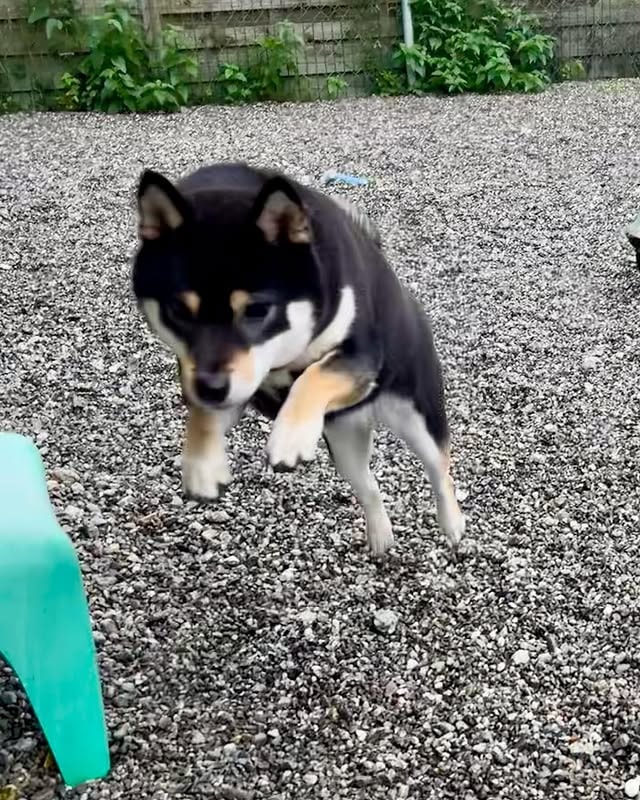
Exercising Needs for Shiba Inus
Shiba inus have moderate exercise requirements. Regular walks, short jogs, and play sessions in a fenced yard offer physical outlets for their energy. Because these dogs originated as hunting companions, they generally love exploring new sights and scents. Mental stimulation can take the form of puzzle toys, hide-and-seek games, or brief training drills. Keeping your shiba engaged helps channel its enthusiasm positively and diminishes the possibility of unwanted behavior.
Shedding Cycles in Shiba Inus
Owing to their double coat, shiba inus tend to shed year-round, with heavier shedding spells in spring and fall. During these seasons, you’ll likely notice more dog hair accumulating on your floors, furniture, or clothing. You may also spot loose hair around the house, which calls for extra brushing sessions. By grooming regularly, you can remove dead hair efficiently and minimize the amount of fur floating around. All dogs shed to some degree, but the shiba’s manageable size makes cleanup a bit simpler than it might be with larger canines.
Coat Grooming Routine for Shiba Inus
Maintaining a shiba’s coat primarily involves weekly or bi-weekly brushing, especially when shedding intensifies. Using a comb or brush suitable for a double coat allows you to reach any trapped debris and keep the fur healthy. Frequent brushing helps distribute natural oils across the soft undercoat, promoting skin health. Bathing can be done every few weeks or when your dog is particularly dirty; avoid overbathing to prevent stripping the coat’s protective oils. With consistent care, your shiba will look and feel its best.
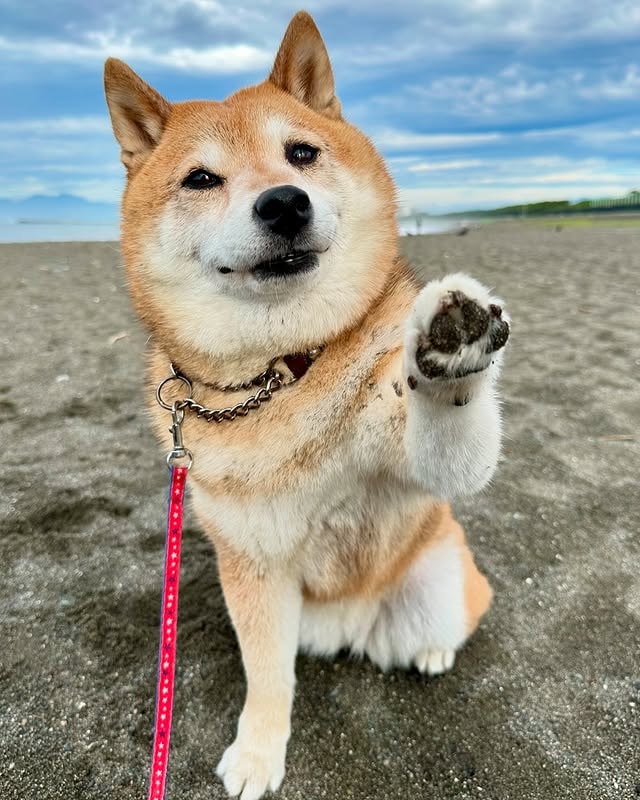
Mental Stimulation Needs
Along with physical activities, mental stimulation is crucial for these dogs. Short obedience sessions, puzzle feeders, and new play routines keep a shiba mentally engaged. Because many modern breeds thrive on varied tasks, presenting fresh challenges to your shiba can bolster problem-solving and reduce boredom. Switching activities and providing interactive play items helps satisfy the dog’s curious nature and lessens the likelihood of destructive or anxious behaviors.
Health of the Shiba Inu: What Every Owner Needs to Know
Although the shiba is generally considered a sturdy Japanese dog, it is still vulnerable to certain health issues. Routine check-ups, a nourishing diet, and ample exercise are cornerstones of good canine health. One concern that sometimes appears is hip dysplasia, a joint condition that can affect mobility over time. Keeping a close eye on your dog’s movement and maintaining a healthy dog’s weight can help reduce the risk and improve overall comfort. Early detection of potential problems plays a key role in extending a dog’s quality of life.
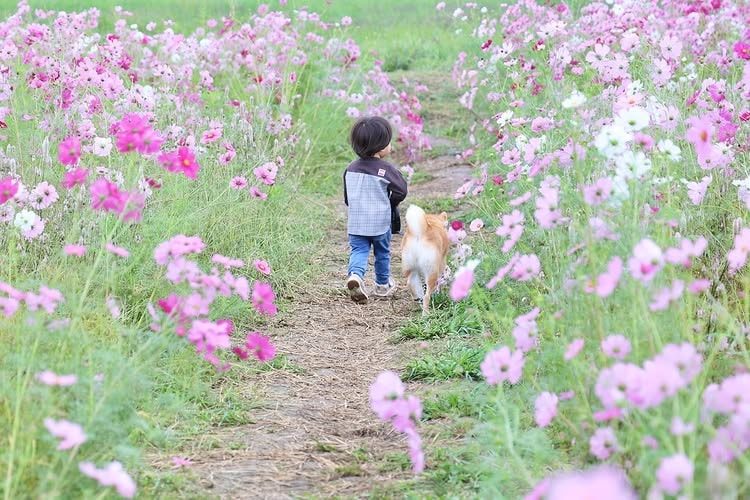
Shiba Inu’s Proneness to Potential Diseases
As dogs age, they might develop conditions such as allergies or eye problems. In some cases, shiba inu dogs may experience separation anxiety if left alone for extended periods. Routine vet appointments and attentive daily care can uncover issues in their early stages, significantly improving long-term outcomes. Being aware of these possibilities, and addressing them proactively, is an important aspect of responsible ownership.
Variants Within the Shiba Inu Breed
While the Japanese Shiba Inu typically follows a recognized standard for size, coat texture, and color, minor variations do occur across different breeding lines. The American Kennel Club provides formal guidelines on what physical traits are acceptable, though there can be small deviations among individual litters. Always research reputable sources or breeders when considering a new addition to your family, and be vigilant about avoiding unethical operations such as a puppy mill. Regardless of slight aesthetic differences, the breed’s core character remains consistent, ensuring that each shiba is unmistakably part of this historic lineage.
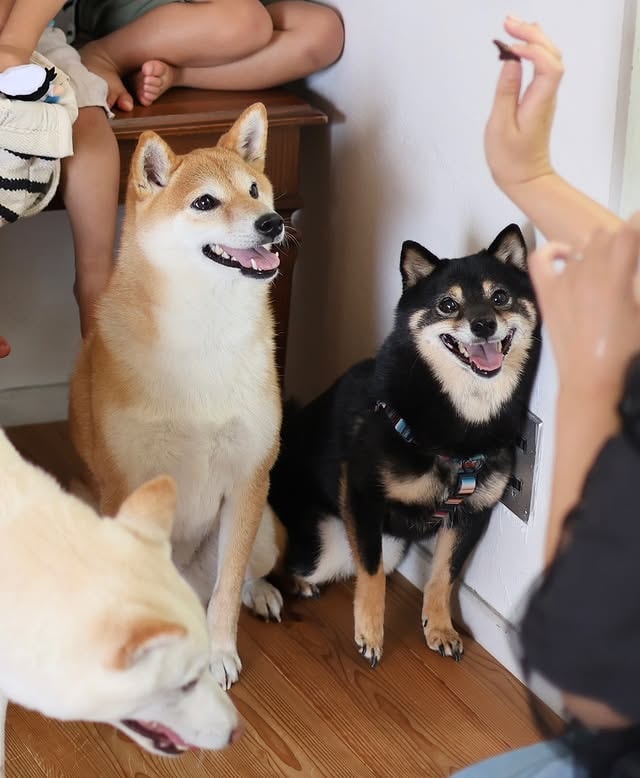
Notable Individual Famous Shiba Inus
Over time, some individuals in this breed have risen to fame, especially online. One well-known example is the “doge” meme star, celebrated worldwide for its amusing facial expressions. Another shiba achieved social media stardom through endearing daily vlogs and comedic videos. These dogs highlight the charm and wit inherent in the breed, often inspiring prospective owners to delve deeper into understanding what makes the shiba such a captivating companion.
Interesting Facts Related to Shiba Inus
Shibas are regarded as one of the oldest Japanese dogs still in existence, tracing their heritage back centuries. Historically, they served as adept hunters of small game in mountainous areas, which contributed to their agility and self-reliance. Notably, they can produce a signature “shiba scream” when excited or displeased—an attribute that sets them apart from many dogs in terms of vocal expression. Whether it’s their quick reflexes, keen senses, or vocal quirks, this breed has plenty of traits that make it stand out.

Characteristics of an Ideal Human to Own a Shiba Inu
Choosing to live with a shiba calls for an individual or family prepared to balance the dog’s affectionate yet independent nature. These dogs enjoy bonding with their owners but can be reserved around strangers. Patience, consistency in training, and respect for the dog’s boundaries all play a vital role in forming a healthy partnership. If you understand that independence does not equate to stubbornness—and are willing to guide the dog patiently—you can create a deeply rewarding relationship.
The Kind of Lifestyle Suitable for Owning a Shiba Inu
Households or individuals with moderately active routines typically find it easier to accommodate a shiba. Daily walks, the occasional run, or weekend hikes can provide enough stimulation for these dogs. A predictable schedule can help them feel safe and well-adjusted. While the breed is relatively low-maintenance in terms of cleaning, owners should still be ready for consistent brushing and vet visits to keep the dog in prime condition.
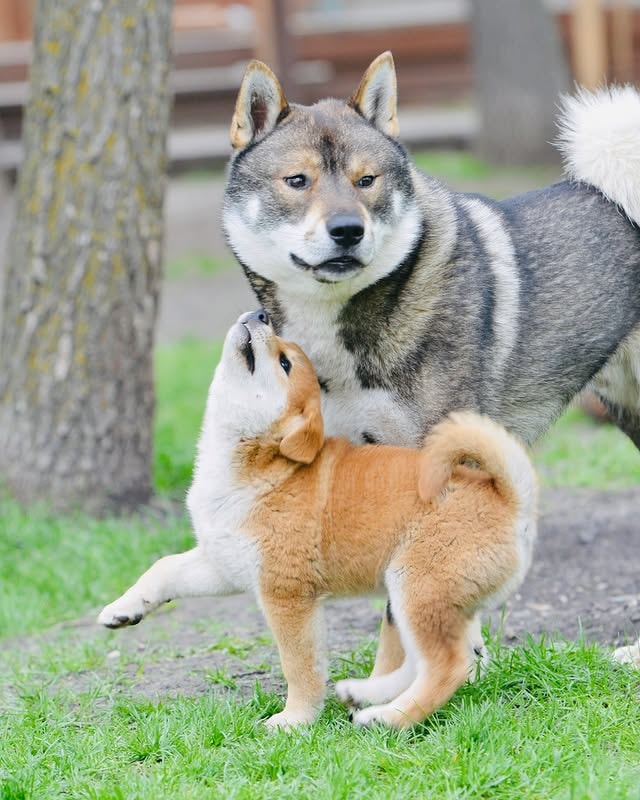
How Experienced an Owner Should Be to Own a Shiba Inu
Although these dogs are not overly difficult to raise, some experience in handling canines or willingness to learn is beneficial. A background in basic positive reinforcement techniques can streamline training, as the shiba responds better to patience than to harsh measures. New owners can succeed by seeking professional help when necessary. Setting clear boundaries and maintaining structure often yield the best results, ensuring that you and your dog coexist harmoniously.
When Is the Right Time to Get a Shiba Inu?
Determining the right time to introduce a shiba into your home depends on factors such as financial readiness, living arrangements, and the demands of your current schedule. Make sure you can commit to daily exercise, socialization, and general care before bringing one of these dogs into your life. By planning carefully, you can establish a stable foundation that supports both you and the dog.
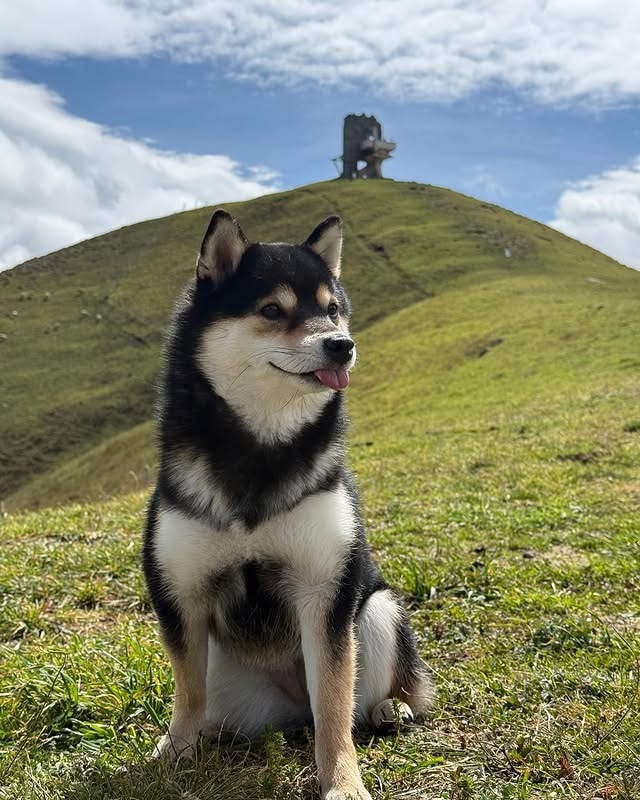
Your Lifestyle
A shiba inu adapts to various environments, but it performs best when the dog receives daily attention and purposeful activities. If you work extended hours or travel frequently, consider whether a friend or family member can fill in. The stage of life you’re in—perhaps when you have fewer major commitments—can significantly impact how smoothly a new dog transitions into your household.
Family Dynamics
For families with children, supervised interactions are essential. Teaching children to approach the dog gently and respect its personal space fosters a trusting bond. Equally, the dog needs to learn that children are not threats but part of its social circle. A well-introduced shiba is likely to become a devoted member of the family, participating in daily routines willingly.
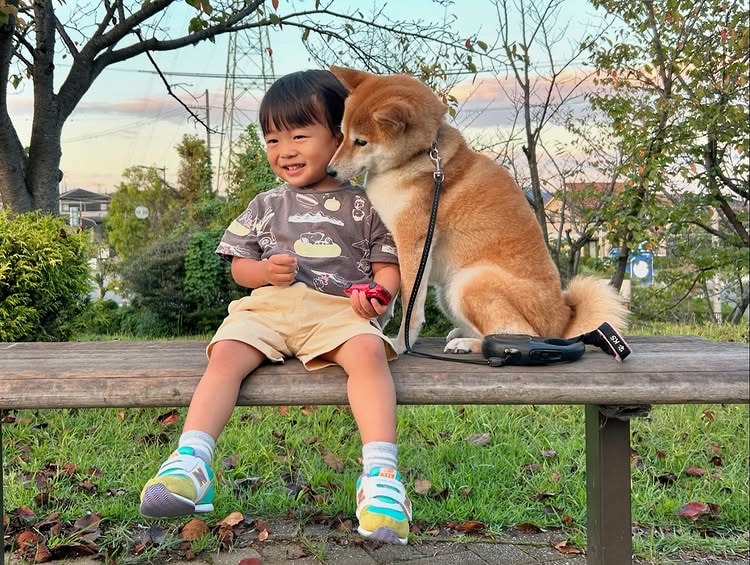
Living Space
Shibas can do well in both apartments and houses, provided they receive enough physical and mental stimulation. Even dogs of smaller stature benefit from access to a yard, but consistent walks and indoor play can also meet their needs. The key is dedicating time each day to engage the dog and ensure it remains healthy and stimulated.
Time and Attention
Without consistent interaction and mental challenges, dogs can develop problematic tendencies. Shibas, while self-reliant, still crave social contact and physical exercise. If your current obligations prevent you from offering the time a shiba requires, waiting until your schedule is more flexible could be wise. Proper planning reduces stress for both the dog and the owner.
Pet Health and Financial Considerations
Just like all dogs, shibas require regular medical check-ups, preventive treatments, and a nutritionally balanced diet. Planning for potential health expenses, including unforeseen emergencies, is an integral part of responsible ownership. Beyond medical costs, factor in food, grooming tools, training sessions, and other supplies. A well-prepared owner is better equipped to handle the dog’s needs throughout its life.
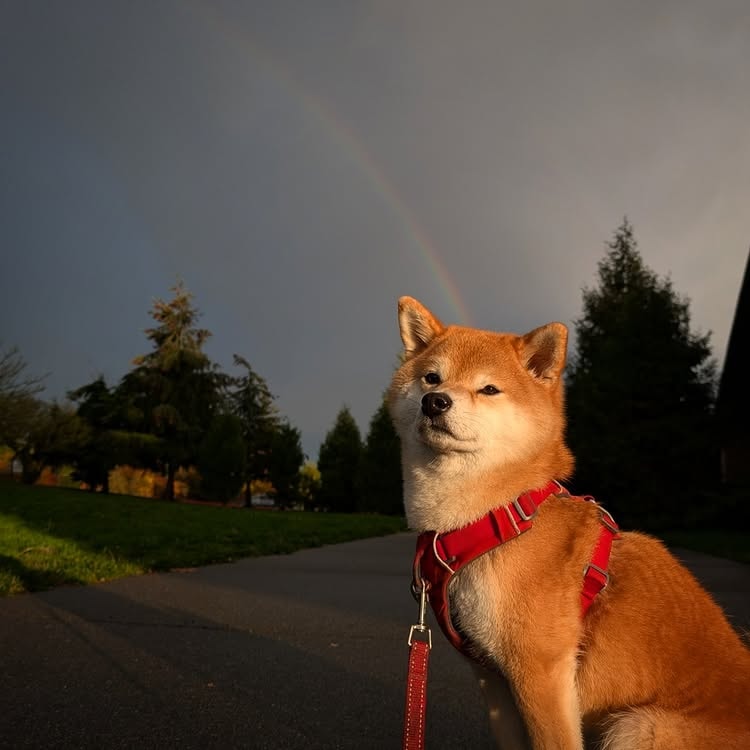
Experience Level
While first-time owners can manage a shiba successfully, familiarity with dog behavior or willingness to learn from training professionals is incredibly valuable. If you’re uncertain about handling a sometimes opinionated canine, researching in-depth or consulting experienced trainers will help. Evaluating your comfort level, knowledge, and resources is essential for a positive outcome with this dog.
Unleashing the Truth: Is a Shiba Inu Your Perfect Match?
When weighing the advantages and challenges of sharing your life with a shiba, it’s evident that this breed offers much to those willing to appreciate its confident yet loyal disposition. While not always a lap dog, a shiba can form a deep bond with owners who respect its individuality and provide consistent guidance.
That said, anyone seeking a constant companion that is entirely submissive or ultra-dependent may find the shiba’s independent streak challenging. Each dog has distinct qualities, so assessing your circumstances is key. If your home environment and personal temperament align with the shiba’s characteristics, you can look forward to many rewarding years together, enjoying the companionship and unique charm that define this storied breed.
